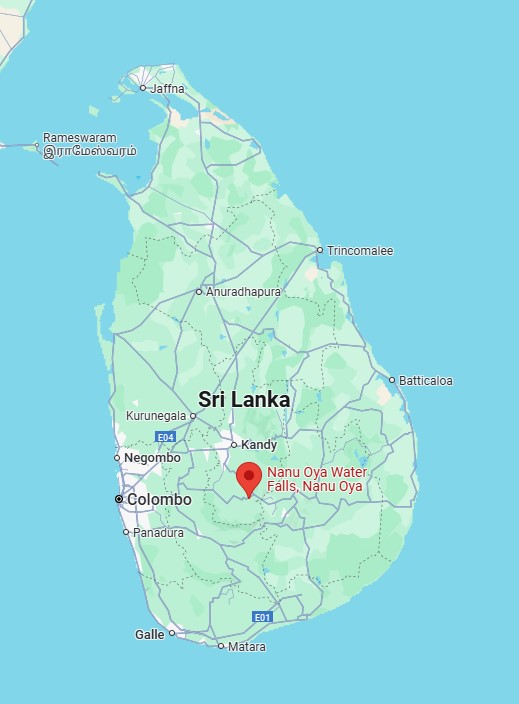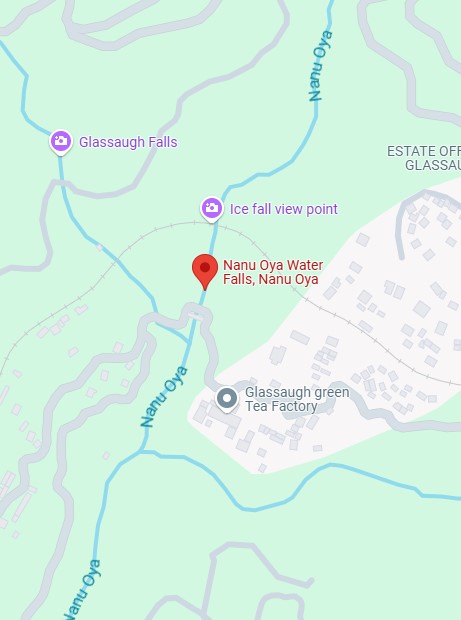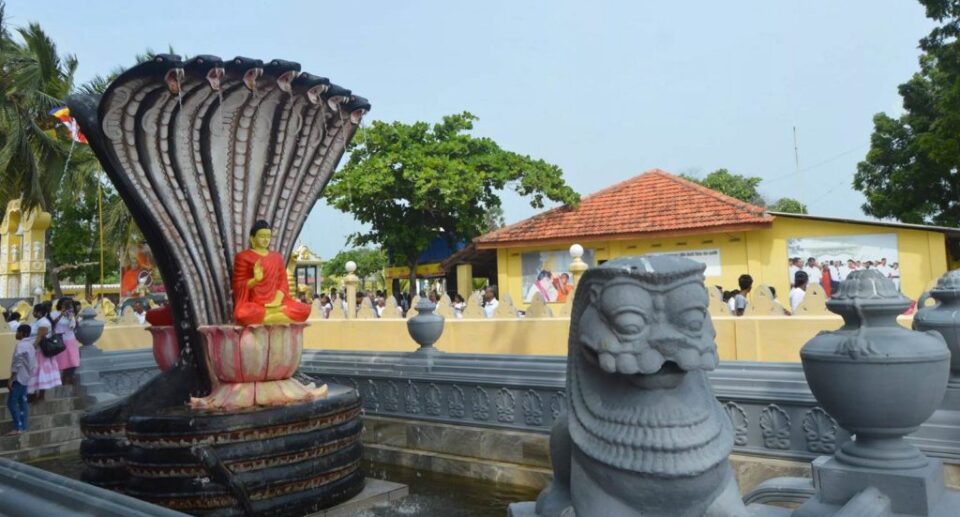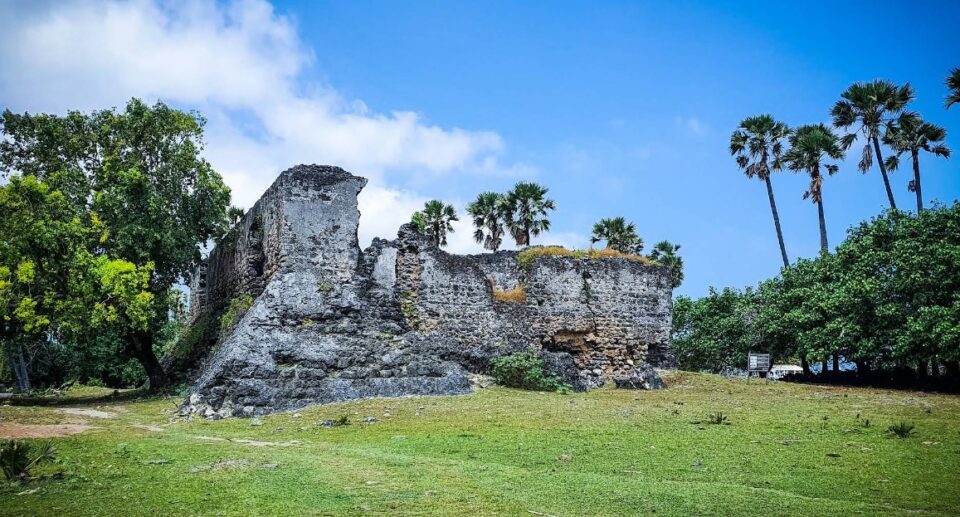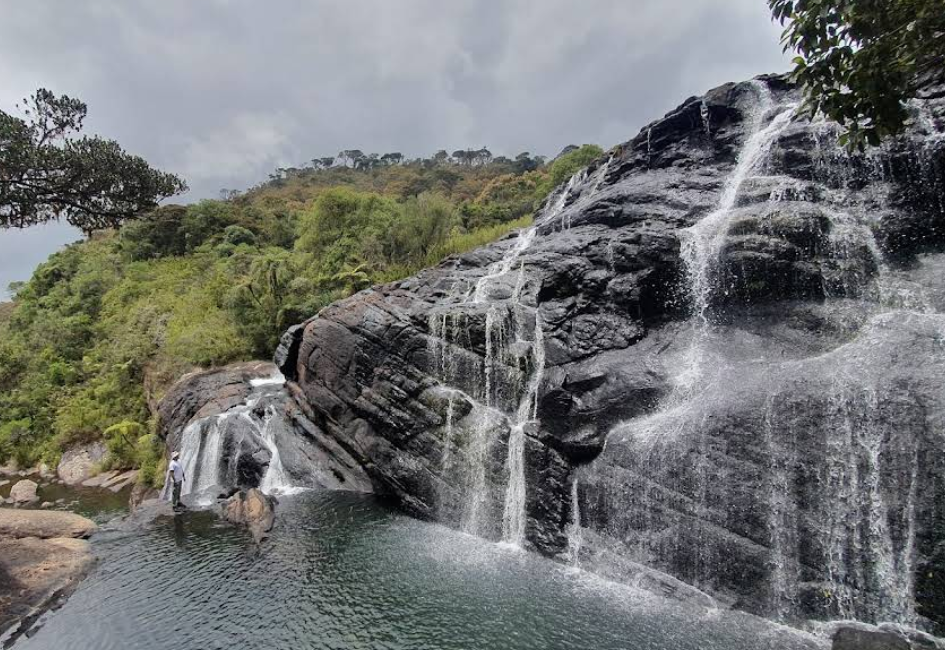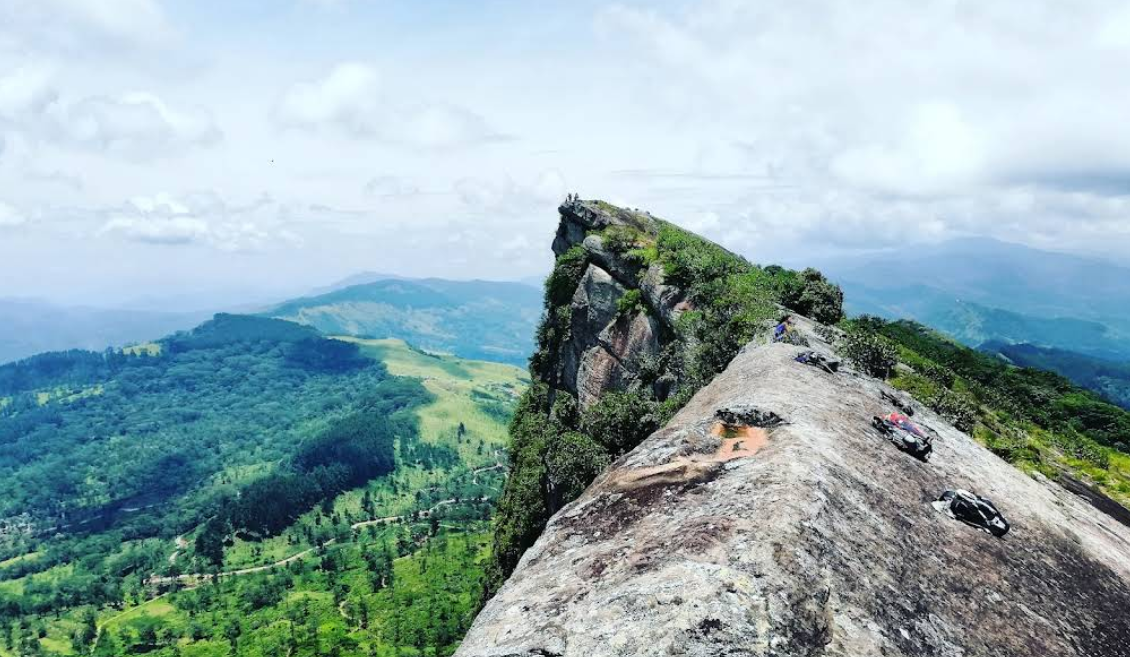Nanu-Oya Falls: A Hidden Gem of Nuwara Eliya, Sri Lanka
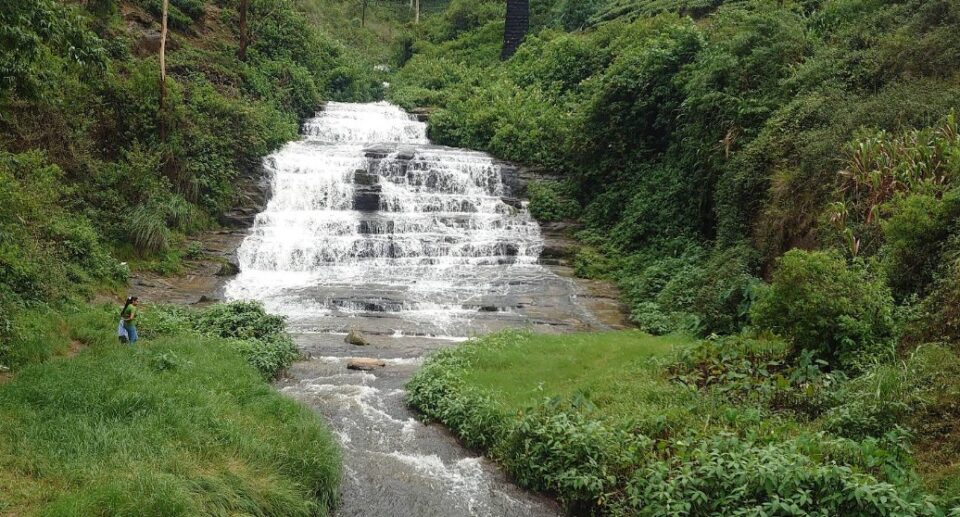
Located in the middle of Sri Lanka’s hill country, Nanu-Oya Falls is a seldom-visited but amazingly lovely waterfall located in close proximity to Nuwara Eliya town. Often being overshadowed by popular Lovers Leap or Devon Falls, Nanu-Oya Falls is a hidden gem that offers an interesting blend of scenic appeal, ecological interest, and cultural significance. To the tourist who desires to be away from everything, to witness nature at its finest, and to enjoy an off-the-beaten-track adventure, Nanu-Oya Falls presents a strong draw.
This essay discusses the geographical position, ecological importance, tourism potentiality, and cultural importance of Nanu-Oya Falls in reference to its context within the broader landscape of Nuwara Eliya.
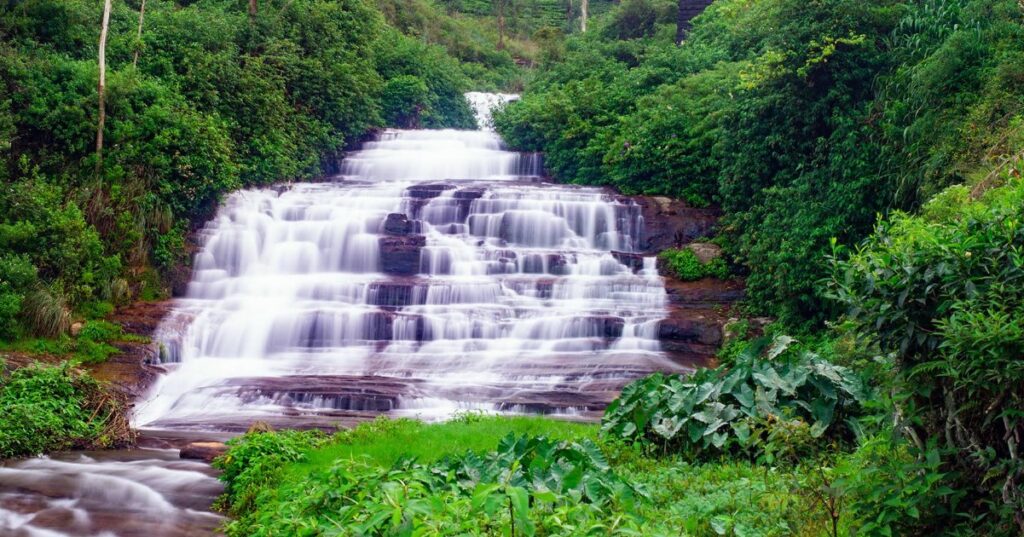
Geographical Location and Physical Features
Nanu-Oya Falls is found within the Nuwara Eliya District of Sri Lanka’s Central Province, 6 km from Nanu Oya town and 9 km from Nuwara Eliya town. The waterfall is part of the Nanu Oya River, which originates in the central hills and eventually flows into Kotmale Oya, which is a tributary of Sri Lanka’s longest river, the Mahaweli River.
The waterfalls have a perpendicular plunge of approximately 60 meters (approximately 200 feet) and cascade tiered, hemmed in by groups of greenery, mist-covered hills, and tea plantations. Contrary to the more turbulent waterfalls, Nanu-Oya Falls cascades soft, layered fashion, merging with the peaceful beauty of the scenery.
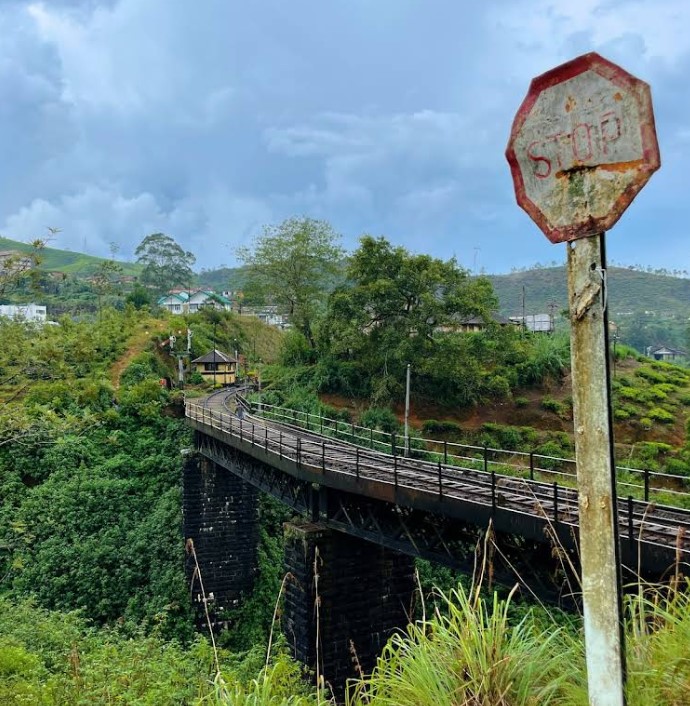
The waterfall is most fascinating between the rainy seasons (May to September and November to January), when the quantity of water increases and creates a thunderous but soothing nature symphony.
Ecological Importance
Nanu-Oya Falls is not only a scenic spot but also plays a critical role in the hydrological cycle of the region. The Nanu Oya River contributes significantly to Lake Gregory, an artificial lake which is not only used recreationally but also practically by the people of Nuwara Eliya.
The forest cover in the vicinity of the falls is also very biodiverse and supports a rich variety of flora and fauna. Among these, there are endemic bird populations, amphibians, and rare flowers, thereby constituting an important micro-habitat in the larger central highland region. Additionally, the presence of the waterfall and the forest helps to regulate the microclimate, thereby contributing to the cool, temperate climate for which Nuwara Eliya is famous.
Nanu-Oya Falls and their environments are to be conserved, not only for their visual appeal but also for ensuring water security, soil stability, and conservation of habitats of indigenous species.
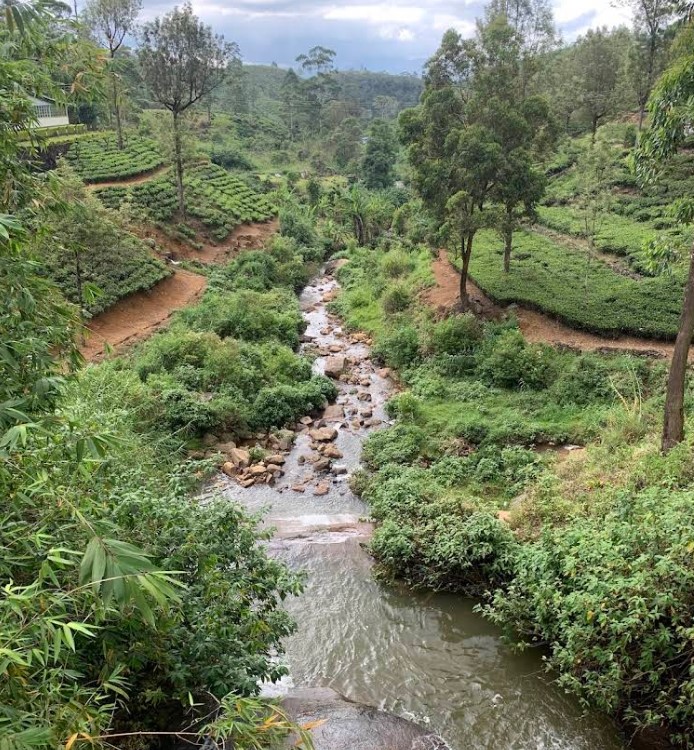
Tourism and Accessibility
Nuwara Eliya has seen tourism grow considerably over the last decades, supported by its nickname of “Little England,” scenic colonial architecture, and temperate climate. Locations such as Horton Plains National Park, Gregory Lake, and Pedro and Bluefield tea estates have drawn the area to become a hotspot with both local and foreign tourists.
Nevertheless, Nanu-Oya Falls is quite underdeveloped as a tourist destination, something that contributes to its attraction for those who are looking to escape the crowds and find peace. The falls are accessible through a short hike from the Nanu Oya to Nuwara Eliya main road or by hiking along the railway line from the Nanu Oya station—a beautiful ride in itself.
Travelers are typically amazed to find such an impressive natural site relegated from the mainstream tourist trail. There are no ticket counters, railings, and crowds—just rumble of cascading water and warblers. For nature photographers, bird watchers, or for anyone looking for nature’s mindfulness, Nanu-Oya Falls is an extremely rewarding experience.
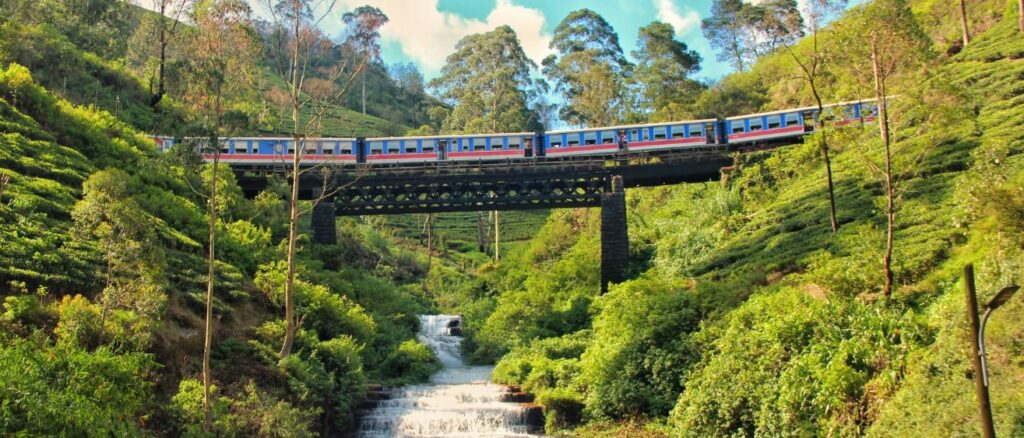
Cultural and Historical Context
Waterfalls have also had centuries-long cultural and spiritual significance in Sri Lanka. Water bodies are sacred in Hindu and Buddhist cultures and are always associated with purification, purity, and meditation. While the Nanu-Oya Falls is not significant in religious myths, the water it feeds forms part of rivers that are spiritually significant, like the Mahaweli River.
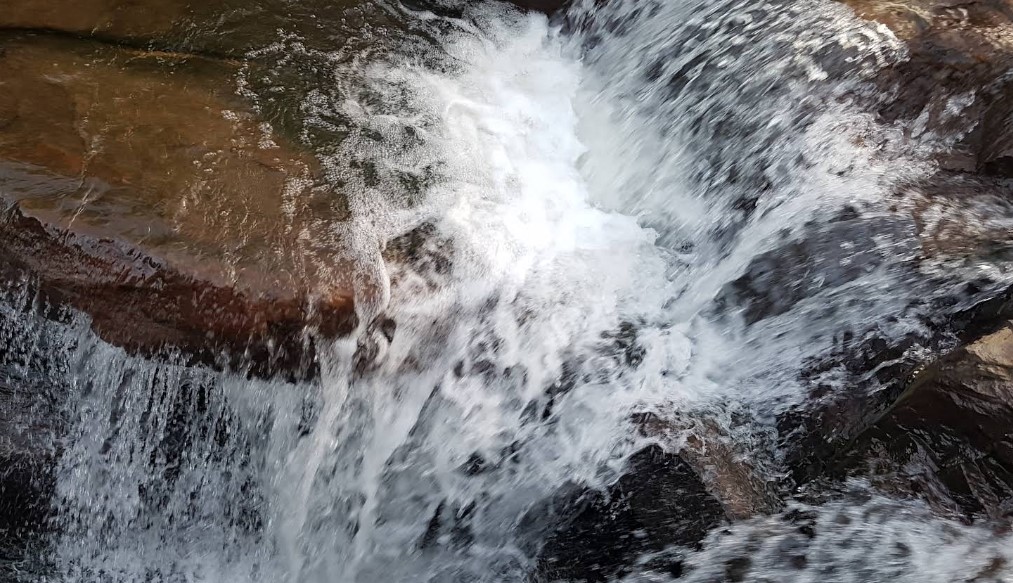
The tea country around also speaks to Sri Lanka’s colonial history. Fenced in by the British in the 19th century, tea planting changed the central highlands, and many of the workers there are the descendants of Indian Tamils brought in to labor on plantations. The route to Nanu-Oya Falls commonly winds its way through the tea plantations, providing an insight into the natural and cultural landscape of Sri Lanka.
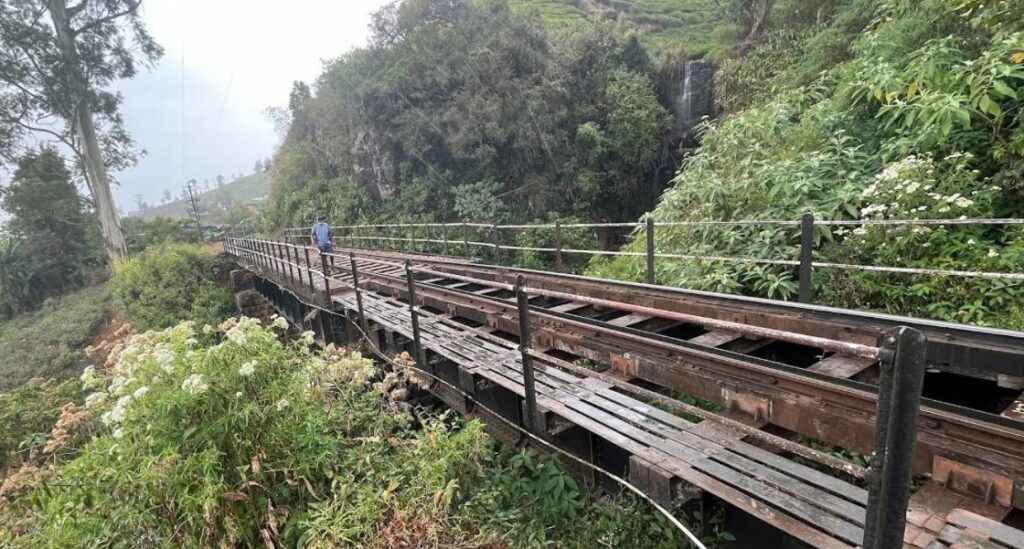
Nearby, the Nanu Oya station, built in 1885, is a flagship halt on the scenic route between Kandy and Ella—perhaps one of the most breathtaking train journeys in the world. The station’s colonial-era architecture and invigorating hill breeze create an atmosphere of nostalgia, complementing the charm of this region.
Challenges and Conservation Needs
Though its natural beauty and ecological value render Nanu-Oya Falls a gem, it is not safe from harms either. Uncontrolled tourism, unauthorized dumping of trash, and tea estate encroachment jeopardize its purity. Trash has already begun to line the approaches to the waterfall, and deforestation surrounding it undermines its delicate hydrology.
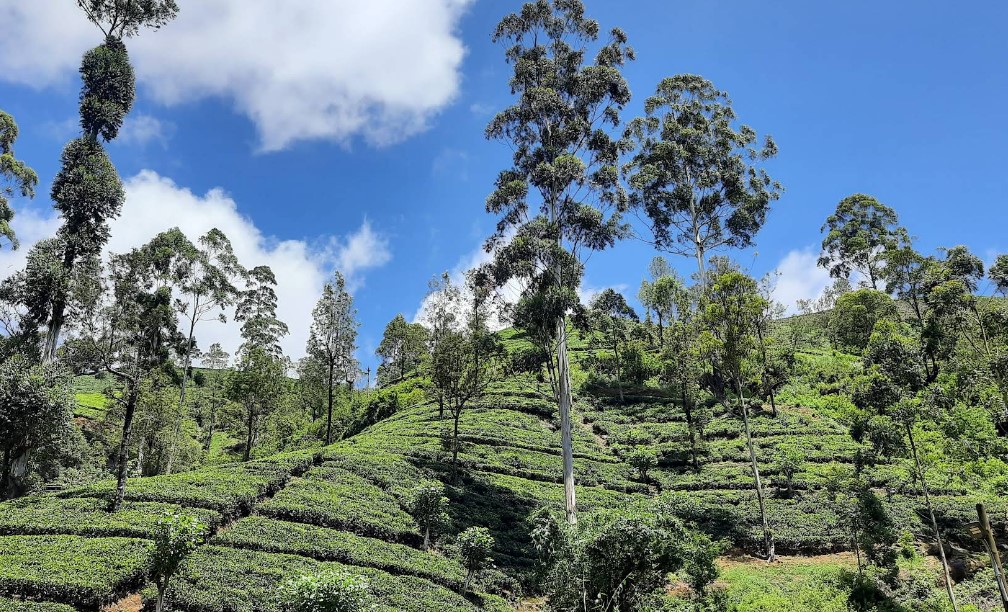
Apart from this, there is a growing need for community-conserved sites. The people may be empowered to become custodians of the site by promoting ecotourism and sustainable tourism. Suitable signage, observation platforms, and environmental awareness can enhance the experience of the visitor without compromising the integrity of the area.
In doing so, activities of Sri Lankan environmental organizations, NGOs, and the tourist board can assist in finding a balance between development and conservation.
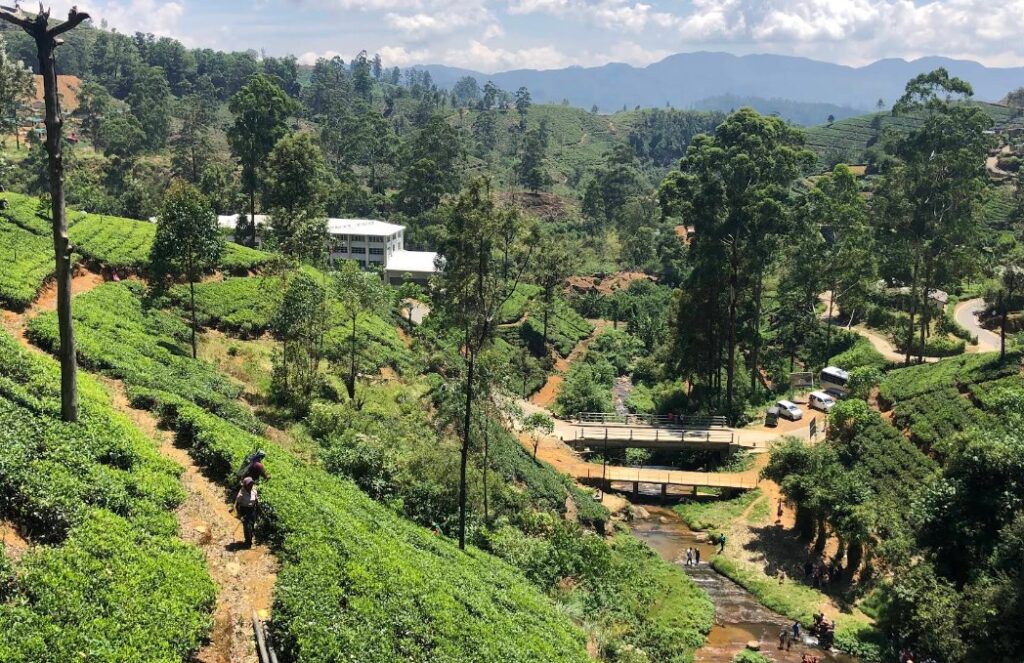
Nanu-Oya Falls, though lesser known than some of the others found in Sri Lanka, gives a vivid glimpse into the island’s serene and majestic hill country scenery. Its tumbling water, serene environment, and environmental significance render it a gem hidden in Nuwara Eliya’s crown. More than a tourist site, it serves as an indicator of the need to maintain and value the natural resources that define Sri Lanka’s landscape.
With the growth of tourism in Nuwara Eliya, it is essential that spots like Nanu-Oya Falls are not only preserved for their natural beauty but also for their role in sustaining biodiversity, cultural heritage, and ecological balance. With proper conservation and sustainable tourism management, this waterfall can remain a source of inspiration and wonder for centuries to come.
By Train (Most Scenic Route)
The Nanu Oya Railway Station is the nearest train station to Nuwara Eliya, located about 8 km away.
From Colombo:
- Route: Take the train from Colombo Fort Station to Nanu Oya.
- Train Options: Intercity Express, Podi Menike, or Udarata Menike.
- Duration: Around 6 to 8 hours.
- Scenic Value: One of the most beautiful train journeys in the world, especially from Kandy to Nanu Oya.
From Kandy or Ella:
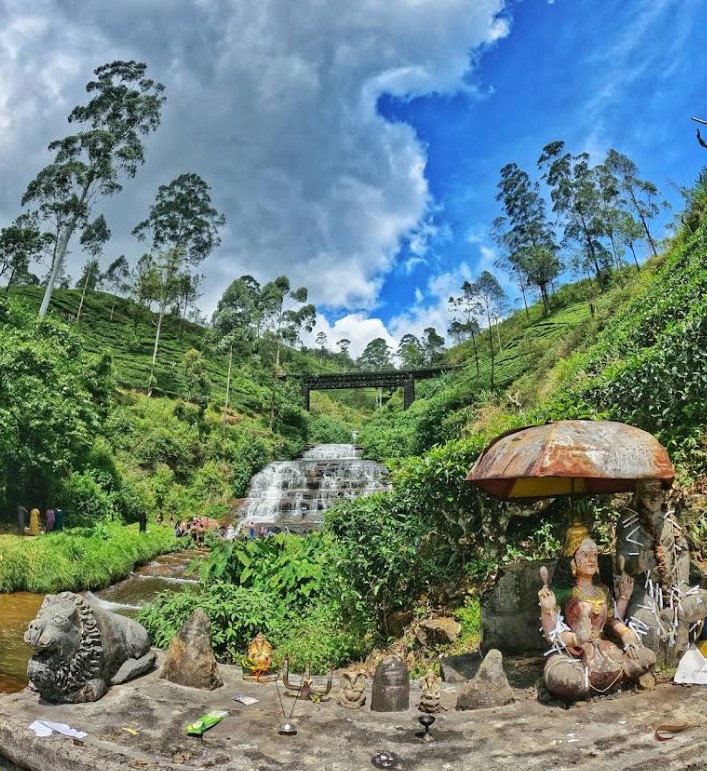
- From Kandy: Approx. 4–5 hours.
- From Ella: Approx. 3–4 hours.
Tip: Book reserved seats in advance (especially 1st or 2nd class observation compartments).
By Bus
From Colombo:
- Take a bus from Pettah bus stand (Colombo) to Nuwara Eliya (route number 79).
- Then take a local bus or tuk-tuk to Nanu Oya.
From Other Cities:
- Direct buses to Nuwara Eliya are available from Kandy, Badulla, Hatton, etc.
By Car or Taxi
- You can hire a private taxi or use a ride-hailing app (like PickMe or Uber) from major cities.
- From Colombo: Approx. 5–6 hours drive.
- From Kandy: Around 2.5–3 hours.
- Roads are scenic but winding—drive cautiously.
By Tuk-Tuk (Local Travel)
Once you reach Nuwara Eliya, you can easily hire a tuk-tuk to go to:
- Nanu Oya town
- Nanu Oya Falls
- Nanu Oya Railway Station
Final Destination Options from Nanu Oya:
- To visit Nanu Oya Falls, walk or drive from the station/town about 1–2 km.
- Ask locals or use Google Maps for directions. It’s often just a short trek from the railway line.
